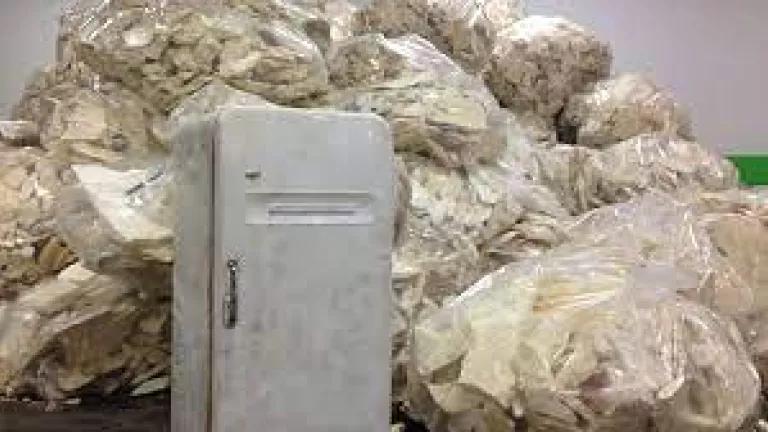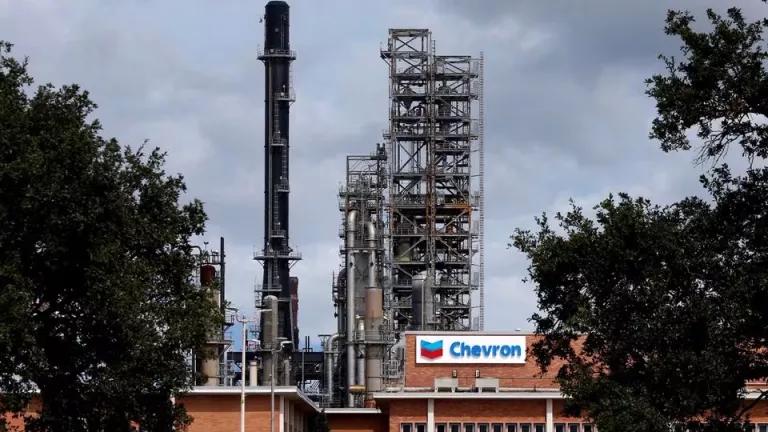
HCFC-141b is used to make insulation foams for refrigerators and water heater. At disposal, the foams can be recovered to avoid increased emissions, but rarely are.
Global emissions of HCFC-141b, a once widely used ozone-depleting and climate warming chemical, increased between 2017 and 2021 raising concerns about the causes and sources, according to a recent paper (to which I am a co-author) published in the Atmospheric Chemistry and Physics journal of the European Geosciences Union.
HCFC-141b is a synthetic chemical that replaced an even more powerful ozone-depleting substance, CFC-11, in insulation foam manufacturing and, to a lesser extent, as an aerosol, solvent, or feedstock. Despite it being less harmful to the ozone layer than its predecessor, HCFC-141b is also a potent greenhouse gas, with a warming capacity 800 times that of carbon dioxide.
The source of these emissions remains unknown and more research is needed to pinpoint what led to the increased HCFC-141b in the atmosphere.
Some background
The Montreal Protocol, the international treaty responsible for the recovery of the ozone layer regulates ozone-depleting chemicals such as HCFC-141b, and is phasing it out under the treaty’s requirements. Developed economies are no longer allowed to produce it (with the exception of minimal essential uses) and, since 2013, developing economies are on an ambitious phase-out schedule that only allows for a limited supply which will be gradually reduced to zero by 2030. Its predecessor, CFC-11, was banned a decade ago.
Still fresh in the minds of the Montreal Protocol community is the increase of CFC-11 emissions observed in 2011-2017, most likely attributed to illegal production in eastern China to produce insulation foams. The rise of its replacement - HCFC-141b - is not necessarily a similarly insidious story, but it could be related: The increase aligns chronologically with the decrease of illegal CFC-11 production, suggesting a potential conversion of that production to HCFC-141b instead of non-ozone depleting alternatives.
HCFC-141b production is not yet fully banned under the Protocol and shifts in practices or uses may have contributed to the increase in emissions with a reasonable explanation. Insufficient reporting to the Protocol’s inventory, or incomplete assessment of feedstock use or production as a by-product might have contributed to a larger-than-expected level of emissions but would account for only a small fraction of the increase. Another possibility is that appliances insulated with foams made with HCFC-141b may be reaching the end of their useful life and the chemicals are being released during appliance disposal. For example, modeling had previously suggested that HCFC-141b emissions in China would rise in the mid-2020s due to refrigerator and water heater disposal. It is possible that we are witnessing this trend earlier than the models predicted.
Another question that remains: where in the world are these emissions coming from?
We don’t know. Atmospheric monitoring capabilities only cover northwestern Europe, east Asia, the United States, and Australia. Those areas account for approximately 30% of global emissions and HCFC-141b emissions decreased during 2017-2021.
Questions remain on what caused the increase over the last five years, and we expect the Montreal Protocol to further investigate, just as it did when emissions of CFC-11 rose unexpectedly. One thing is for certain: the scientific community is vigilant. And so is NRDC.




